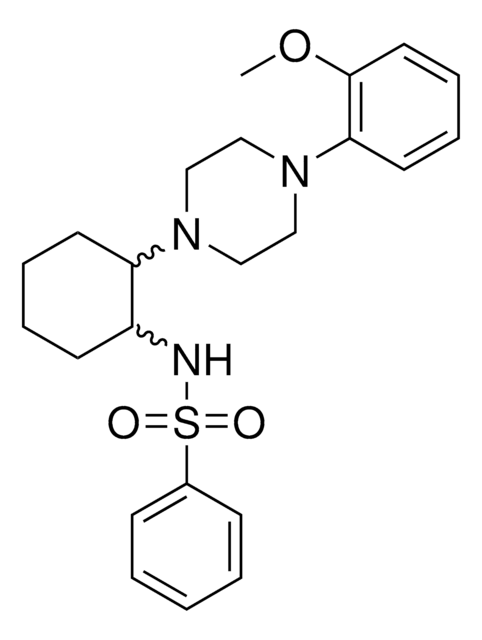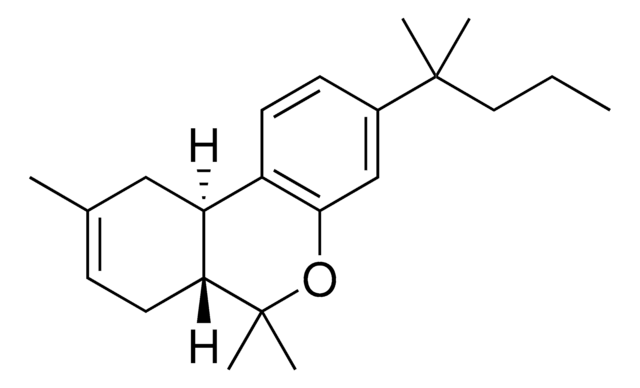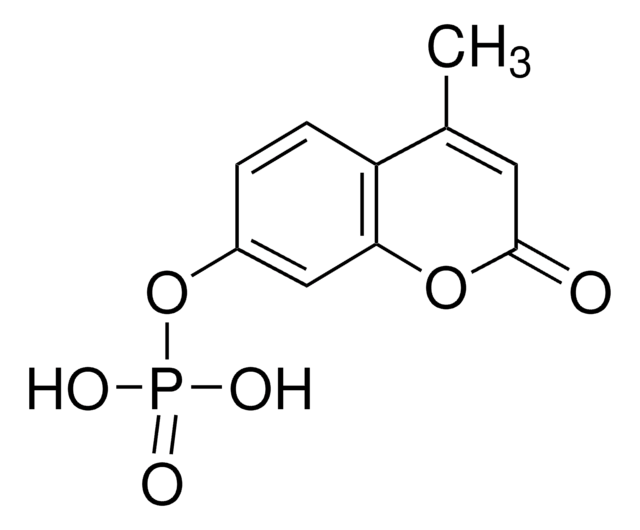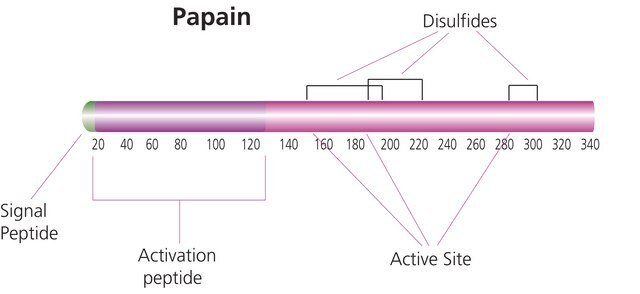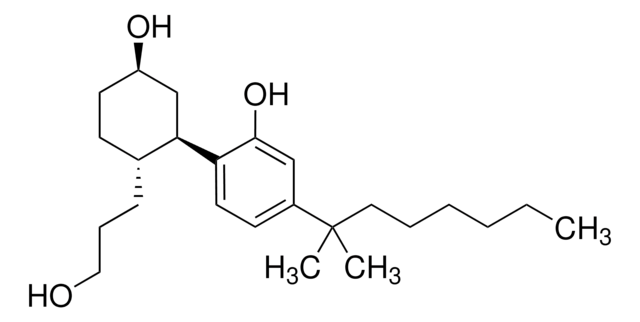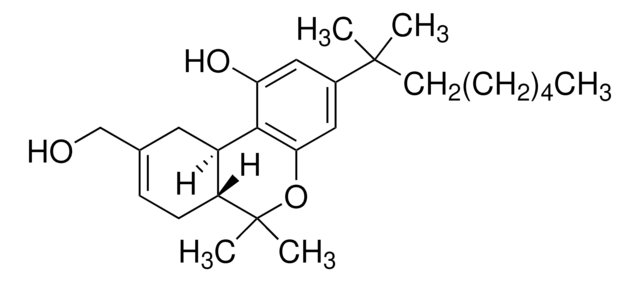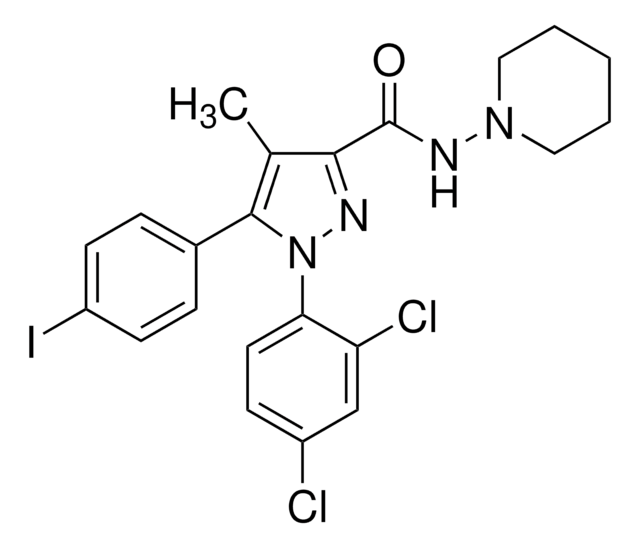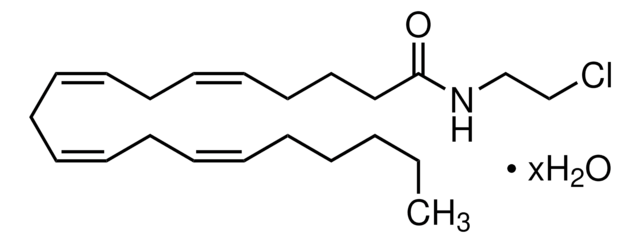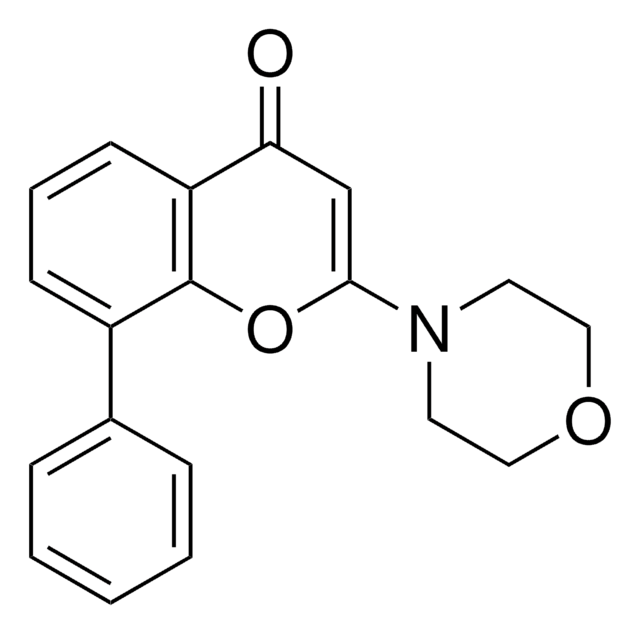G1421
GW405833 hydrochloride
≥98% (HPLC), solid
Synonym(s):
1-(2,3-Dichlorobenzoyl)-5-methoxy-2-methyl-(3-(morpholin-4-yl)ethyl)-1H-indole hydrochloride, 242 hydrochloride, L-768, L-768242 hydrochloride, L768242 hydrochloride, ML-SI1 hydrochloride
About This Item
Recommended Products
Quality Level
Assay
≥98% (HPLC)
form
solid
drug control
regulated under CDSA - not available from Sigma-Aldrich Canada
storage condition
desiccated
color
white to pink
solubility
DMSO: soluble >10 mg/mL
H2O: insoluble <2 mg/mL
storage temp.
2-8°C
SMILES string
Cl.COc1ccc2n(c(C)c(CCN3CCOCC3)c2c1)C(=O)c4cccc(Cl)c4Cl
InChI
1S/C23H24Cl2N2O3.ClH/c1-15-17(8-9-26-10-12-30-13-11-26)19-14-16(29-2)6-7-21(19)27(15)23(28)18-4-3-5-20(24)22(18)25;/h3-7,14H,8-13H2,1-2H3;1H
InChI key
JIQYDHDVNNFPMU-UHFFFAOYSA-N
Application
Biochem/physiol Actions
Features and Benefits
Signal Word
Danger
Hazard Statements
Precautionary Statements
Hazard Classifications
Acute Tox. 3 Oral - Aquatic Chronic 4
Storage Class Code
6.1C - Combustible acute toxic Cat.3 / toxic compounds or compounds which causing chronic effects
WGK
WGK 3
Flash Point(F)
Not applicable
Flash Point(C)
Not applicable
Personal Protective Equipment
Choose from one of the most recent versions:
Certificates of Analysis (COA)
Don't see the Right Version?
If you require a particular version, you can look up a specific certificate by the Lot or Batch number.
Already Own This Product?
Find documentation for the products that you have recently purchased in the Document Library.
Customers Also Viewed
Articles
Sigma-Aldrich offers many products related to cannabinoid receptors for your research needs.
Our team of scientists has experience in all areas of research including Life Science, Material Science, Chemical Synthesis, Chromatography, Analytical and many others.
Contact Technical Service
